#meshes of the afternoon
Text







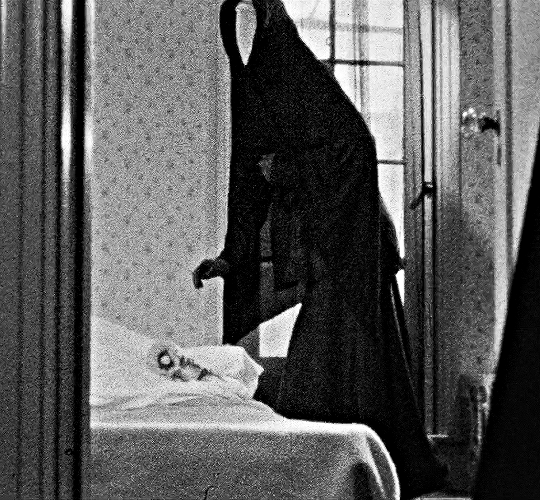
MESHES OF THE AFTERNOON
dir. Maya Deren & Alexandr Hackenschmied, 1943
#meshes of the afternoon#filmgifs#moviegifs#surrealism#classicfilmblr#experimental film#horror#horroredit#tw flashing#*mywork#useroro#shesnake#useraina#awekslook#jadeblr#eritual#foraddy#dearestmillie
642 notes
·
View notes
Photo


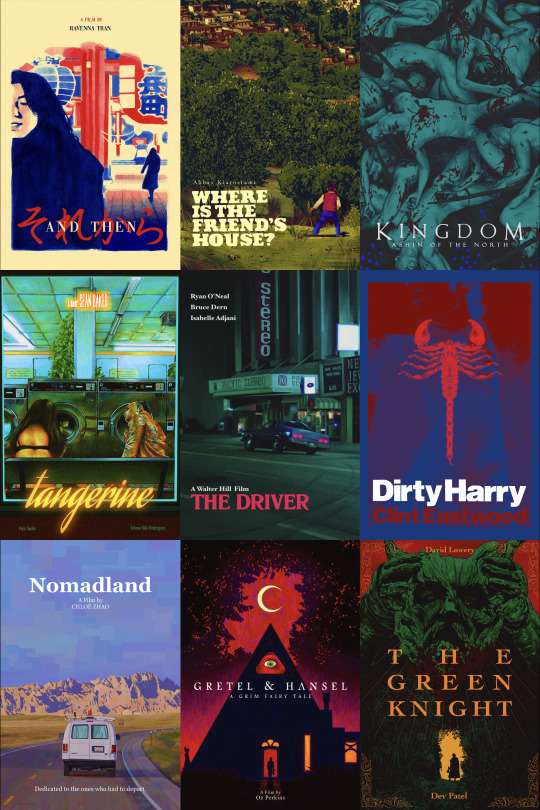

✨ masterpost for all of my 2021 film journal posters !!! ✨(i re-edited a bunch bc i switched from working traditionally to strictly digital nearly halfway through~) hope you like them!
my letterboxd / inprnt / society6 / ko-fi / instagram / twitter
#ngl im v proud of them uwu but also glad im done with this lmao my next life mission is to re edit my 2020 ones#artists on tumblr#fanart#my art#illustration#art#cinema#poster#film#tv shows#film poster#digital art#procreate#Female directors#POC Directors#giri/haji#a bucket of blood#orphée#meshes of the afternoon#carnival of souls#la jetée#quebramar#kung fu hustle#house of flying daggers#sin nombre#tulitikkutehtaan tyttö#extracurricular#invincible#ghost#the alienist
1K notes
·
View notes
Photo
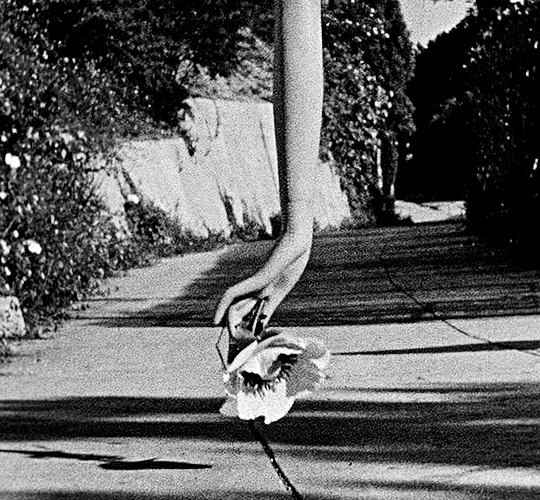


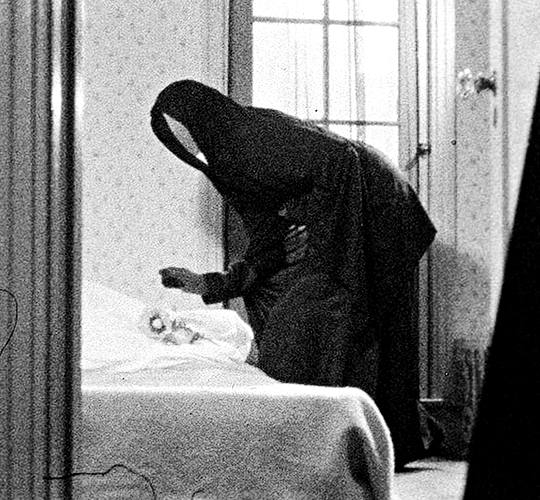



MESHES OF THE AFTERNOON
1943, dir. Maya Deren, Alexandr Hackenschmied
#meshes of the afternoon#maya deren#1940s#film#filmedit#classicfilmedit#filmgifs#classicfilmsource#classicfilmblr#dailyvintageblr#cinemaspast#doyouevenfilm#fyeahmovies#filmauteur#userfilm#maxine#ours
2K notes
·
View notes
Photo







🎬 Meshes of the Afternoon
1943, dir. Maya Deren, Alexander Hammid
#Meshes of the Afternoon#Maya Deren#filmdairy#filmedit#doyouevenfilm#dailyflicks#oldhollywoodedit#classicfilmedit#classicfilmblr#classicfilmsource#uservintage#filmgifs#cinemaspam#fyeahmovies#filmauteur#userfilm#dailyvintageblr#filmtv#cinematv#cinematicsource#minimalistsource#*#*gifs#film
521 notes
·
View notes
Photo



Meshes of the Afternoon, 1943
dir. Maya Deren & Alexandr Hackenschmied
#meshes of the afternoon#maya deren#oldhollywoodedit#classicfilmedit#ours#by jonah#1940s#shorts#userteri#userdeforest#uservita#userkeanu#usermichi#userbrittany#classicfilmsource#filmgifs
2K notes
·
View notes
Text
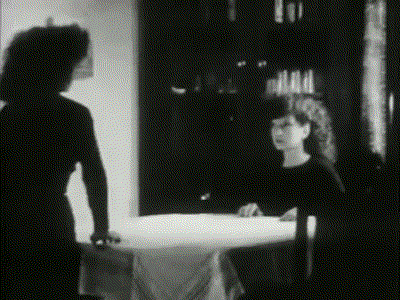
Meshes of the Afternoon (1943) - dir. Maya Deren
#maya deren#cinema#surrealist cinema#movie scenes#movie gifs#meshes of the afternoon#film gifs#surrealism#avant garde cinema#experimental cinema#experimental film#filmmaker
78 notes
·
View notes
Text

Meshes of the Afternoon (1943) dir. Maya Deren and Alexander Hammid
26 notes
·
View notes
Text
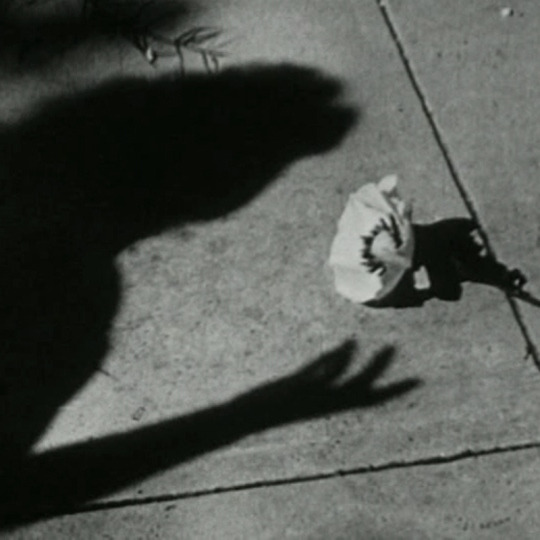





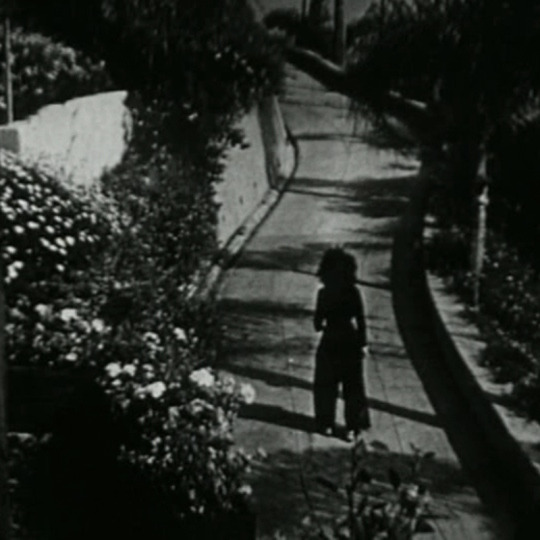
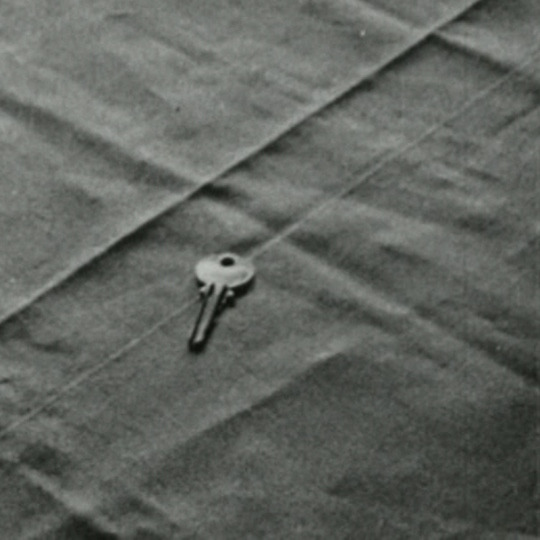


meshes of the afternoon (1943) directed by maya deren
#meshes of the afternoon#40s cinema#1940s movies#moviesedit#filmedit#cinema#old cinema#short films#movie screencaps#screencaps
48 notes
·
View notes
Photo
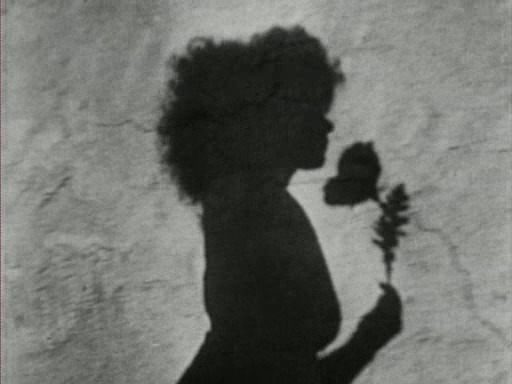

-Meshes of the Afternoon (Maya Deren & Alexander Hammid, 1943)
-Tables d’hiver (Teo Hernández, 1979)
#Meshes of the Afternoon#Tables d’hiver#Maya Deren#comparison#Alexander Hammid#Teo Hernández#Teo Hernandez#flowers#short film#flower#reflection#reflections#experimental film#1943#1979#experimental cinema
113 notes
·
View notes
Text

Spring is coming with a sour mouth
#photographers on tumblr#mine#original photography#original photographers#lensblr#limes#citric#lighting#afternoon#meshes of the afternoon
14 notes
·
View notes
Text




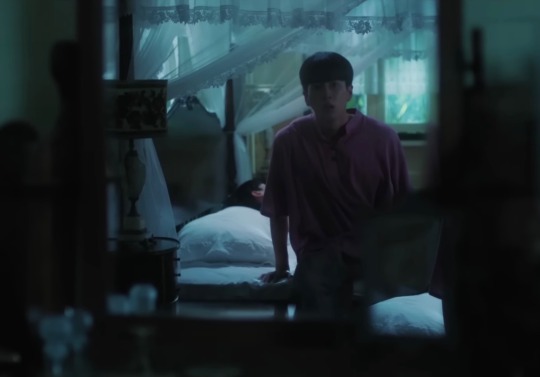
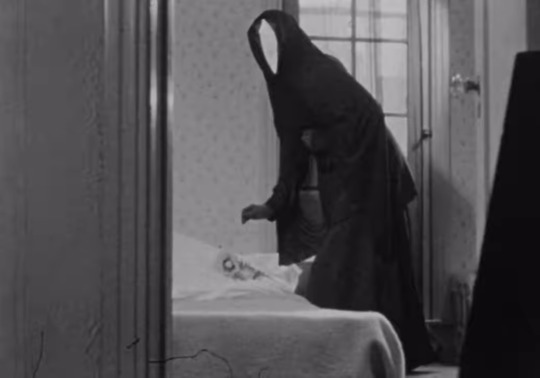
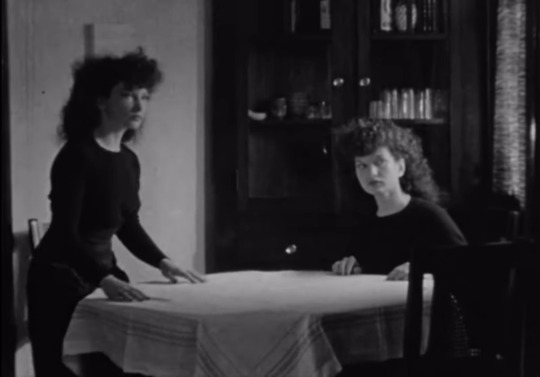

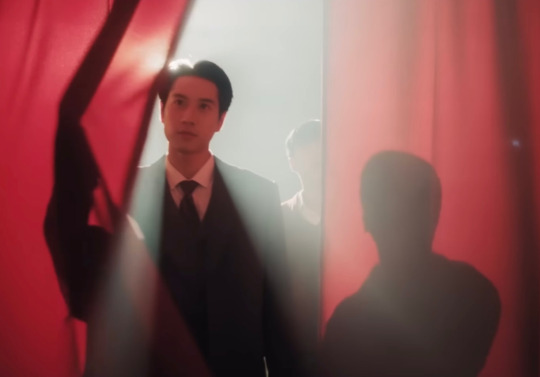

I Feel You Linger in the Air, dir. Tee Bundit (2023) // Meshes of the Afternoon, dir. Maya Deren (1943)
#not sure what the overlap in viewers for this one is but#both of them are in time loops! both of them have duplicates! both of them have mirror & flower motifs!#i feel you linger in the air#meshes of the afternoon#b.txt
22 notes
·
View notes
Text


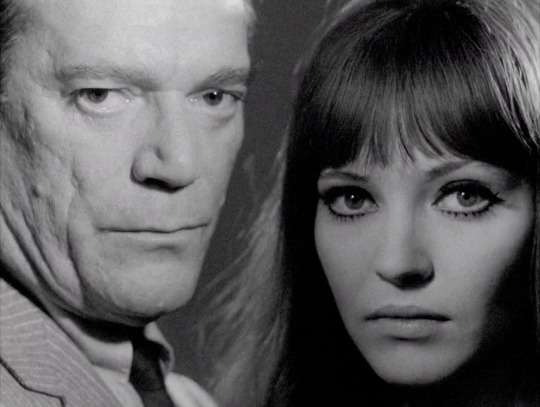
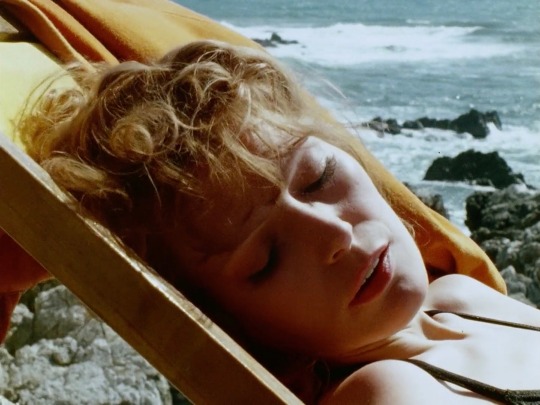

Some of my favorites found on the Criterion Channel
Meshes of the Afternoon (1943), Plein Soleil (1960), Alphaville (1965), Martha (1974), and La Baie des Anges (1963)
#criterion collection#meshes of the afternoon#plein soleil#purple noon#alphaville#martha 1974#la baie des anges#bay of angels#1940s cinema#1960s cinema#jacques demy#rainer werner fassbinder#la nouvelle vague#french new wave#art house#film#movies#cinema#alain delon#anna karina#@blacknarcissus’s picks
142 notes
·
View notes
Text

#movie#film#cinema#experimental film#experimental movie#avant garde film#avant garde movie#Meshes of The Afternoon#Maya Deren#Alexander Hammid#American experimental film#American experimental movie#movie trailer#film trailer#movie poster#film poster
9 notes
·
View notes
Text
Cosplay the Classics: Maya Deren in Meshes of the Afternoon (1943)




My closet cosplay of Maya Deren in her film Meshes of the Afternoon
I’ve been sitting on this cosplay for a shamefully long amount of time at this point. Originally, I thought to myself, “self, there’s no need to write anything long-form or meaningful to accompany this cosplay. Everybody knows Maya Deren.” But, then I did a quick little search around the internet and felt the inauspicious tug of the Curse of Knowledge.
Over the eighty years since Maya Deren made Meshes of the Afternoon, images of Deren have become emblematic of experimental film, both here in the United States and internationally. I’ve been privileged enough in my life to have formally studied the history of independent film in America and have also worked at an institution that specializes in preserving avant-garde film. So, for me, Deren’s shadow looms large. She is, no exaggeration, one of the most important figures in the American experimental film tradition. On tumblr, Deren’s image (particularly in Meshes of the Afternoon) has proliferated even further with popular sets of gifs and stills. That said, I can’t pin down quite how much the average film fan knows about Deren’s films and ideas. To put some things in context, I’d like to start by highlighting how she became an icon of experimental film.

Picture it: America in the 1940s. You’ve delved into filmmaking for the first time without a production company behind you. You’ve independently created a short, silent, poetic, experimental film at the height of the US’ studio era. The same qualities that might classify a film as niche today were even more pressing in the 1940s. So, how do you get it seen? Maya Deren had some ideas about that.
Deren was confident in film as an artistic medium. Over the course of the 1940s and 1950s, Deren arranged her own screenings by renting out a playhouse, and marketed and packaged her films for universities and artistic and cultural institutions in the US and in Europe. Deren also wrote pretty extensively about film form and also about the nature of and meanings behind her films. Deren would also speak at screenings of her films. So, basically, before there was a festival circuit or arthouses or cinematheques in the US, Deren positioned herself as author and primary marketer of her films. This necessary self promotion was pattern setting for the time, but also created an indelible association between her image and the developing independent film scene in mid-century America.
Deren’s image being the emblem of experimental American film is largely due to the way she continually promoted her films and engaged directly with her audience and with discussions around her work. (Additionally, seeing as Deren’s movies were self-produced, how much she could make renting and screening the films would provide the budget for the next film.)
If you’ve gotten this far in this write up and haven’t seen many/any of Deren’s films, first of all, thanks, but second of all, I recommend checking out a triple feature of films commonly grouped together as her “trance” films: Meshes of the Afternoon (1943), At Land (1944) [my personal fave], and Ritual in Transfigured Time (1945). They are all less than 15 minutes by the way, so don’t be daunted at the suggestion of watching three films in a row! Keep in mind that all three of these films were initially conceived of and released without a soundtrack. There is an authorized score for Meshes of the Afternoon composed later by Deren’s third husband, Teiji Ito, but how well that score serves the film is debatable. So, depending on where you choose to watch her films you may want to watch them soundlessly the first time, just to be sure that the music doesn’t get in the way. (Though I will say some of the scores I’ve seen people make on their own are crackerjack!)
As a preface to your viewing experience, I’d like to advise you not to get too caught up in overly logical and literal thinking—don’t intellectualize. Getting too hung up on whether you “got” a piece or art or not is just a barrier to genuine experience. Oddly, this is something I bang on about a lot in real life (and maybe I have on here before, I don’t remember) but it was pretty exciting reading more of Deren’s writing and coming upon this very relevant passage:
“It is therefore relevant to underline, here, the fact that the appreciation of a work based on experiential, or inner, realities consists not in a laborious analysis based on the logic of a reality which a ‘prepared’ spectator brings to the work. It consists, rather, in an abandonment of all previously conceived realities. It depends upon an attitude of innocent receptivity which permits the perception and the experience of the new reality. Once this reality has been perceived and experienced, its logic may be deduced if one wishes. Such a deduction is not necessary to the perception and can only follow it as a secondary activity, much as an analysis of love, for example, can only follow upon the experience but can never induce it.”
— Cinema as an Art Form" by Maya Deren, New Directions 9, 1946
The anecdote I often bring up to illustrate “innocent receptivity” to people who are reticent to take my advice is from David Lynch. Lynch recounts a private screening of his work for Mel Brooks when Brooks was considering him to direct The Elephant Man (1980), which Brooks was producing. Lynch assumed that that was the end of the line for him, but instead, Brooks loved his films and shared his own emotionally-grounded read on Eraserhead (1977). Lynch hadn’t anticipated Brooks’ intelligence as an artist and film enthusiast or his receptivity to the form. Lynch was obviously hired. Basically, we could all do with being more like Mel Brooks.
If you get the chance, and you’re interested in expanding your understanding of film as art, I strongly recommend checking out Deren’s writing. Her prose might seem florid, but I promise it’s a floridity based on precision of explanation, it’s not an exclusionary type of wordiness. There is a collection of some of Deren’s work from 2004 called Essential Deren (available on the Internet Archive). I’ve also been considering recording a reading of her essay “Cinematography: The Creative Use of Reality” if having an audio file would be appealing to anyone?
Well, thanks for making it all the way through! I know I haven’t really been doing longer-form stuff for this blog lately. Words are kind of a struggle for me and I get pretty easily discouraged to express myself with them, but upon reflection, I knew Maya Deren deserved the effort. I hope that I’ve provided sufficient inducement for you all to check out her work!

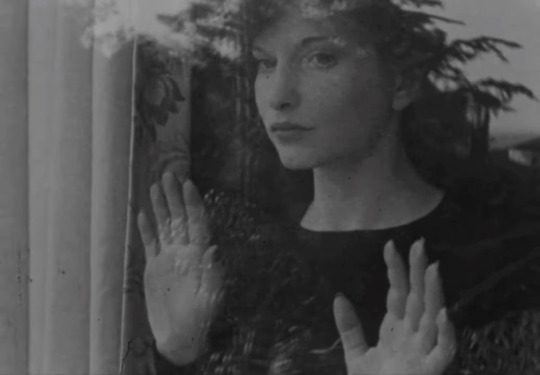
A couple of reference photos for my closet cosplay
P.S. I posted some excerpts of Deren’s writing over on my “whatever” tumblr
Buy me a ☕
#Maya Deren#Meshes of the Afternoon#1940s#1943#cosplay#cosplay the classics#closet cosplay#american film#independent film#avant-garde film#experimental film#female filmmakers#female filmmaker friday#film#movie recommendations#classic film#film blog
33 notes
·
View notes
Text

Meshes of the Afternoon (1943) dir. Maya Deren and Alexander Hammid
21 notes
·
View notes
Text
voice of a girl who only knows rusty lake, watching a surreal film were someone spits out a key: getting huge rusty lake vibes from this
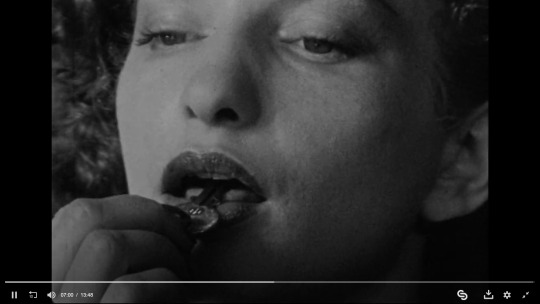
32 notes
·
View notes